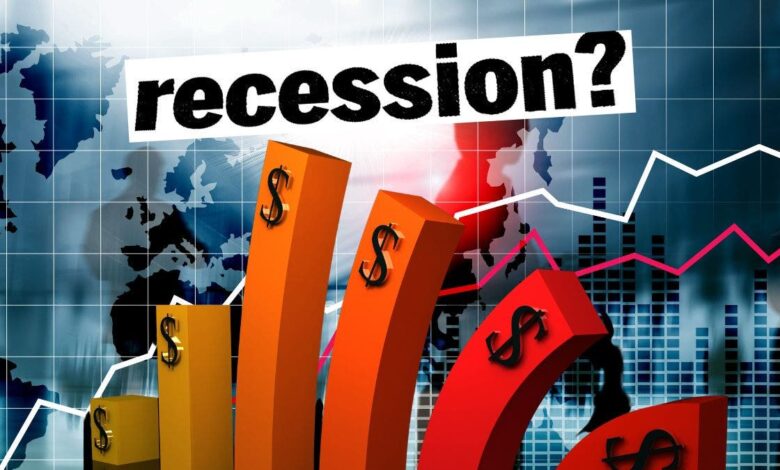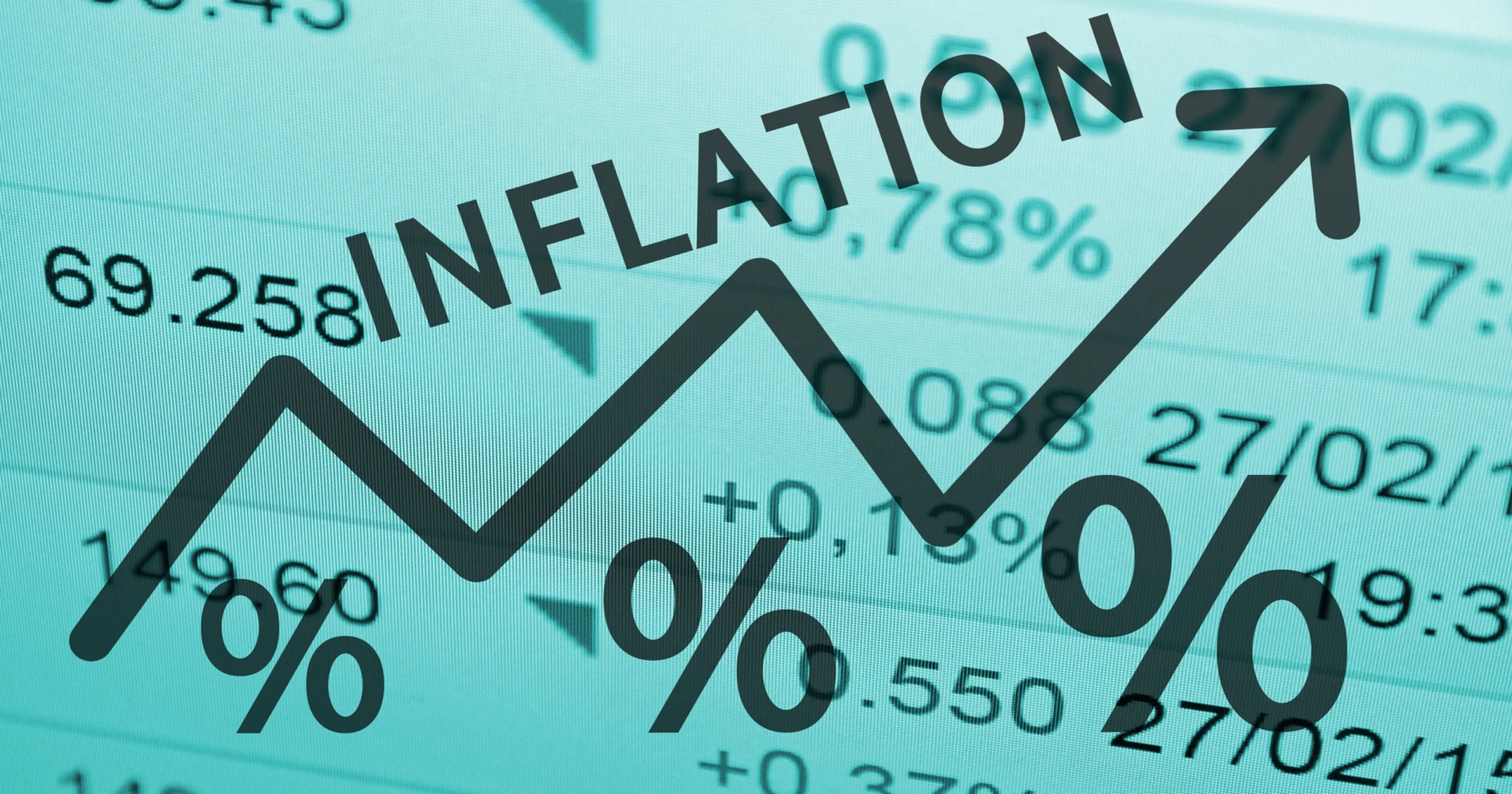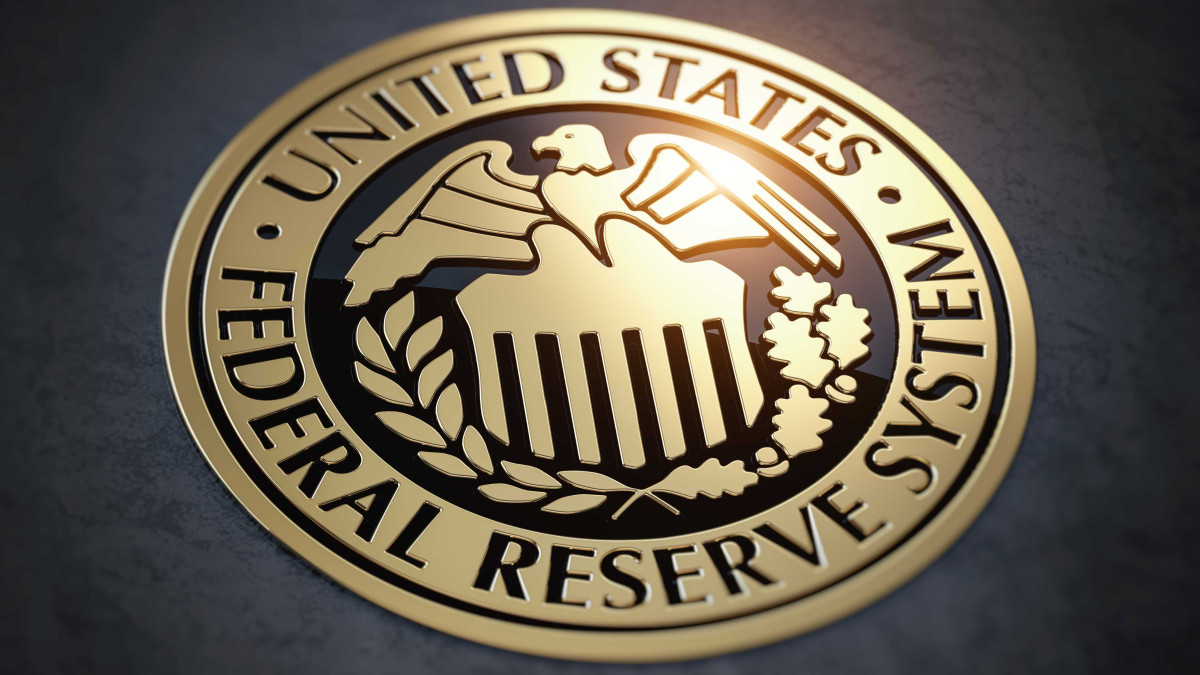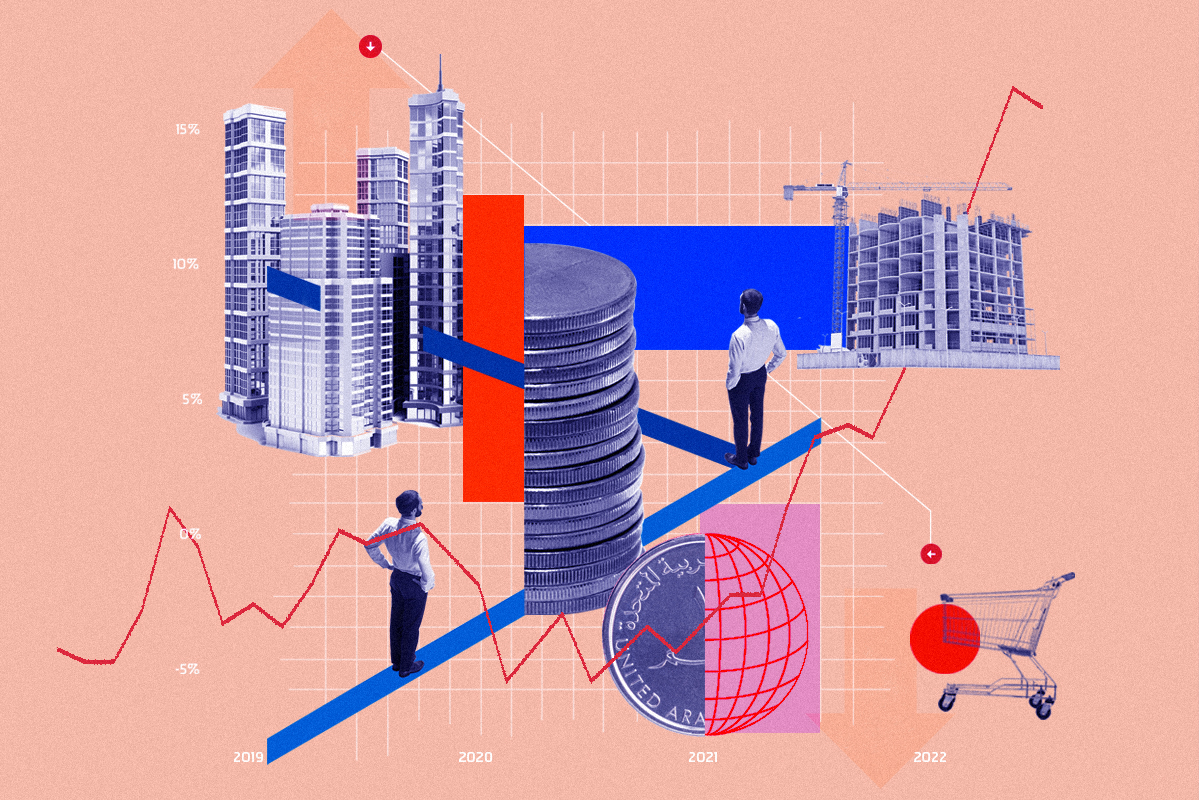Is the U.S. economy in recession: indicators to identify recession in 2023

The second consecutive quarter of economic growth in the U.S. has stated that the nation is not really in a recession despite high inflation and the fastest interest rate hikes by the Federal Reserve for four decades.
But, the U.S. economy is in deep underground trouble. The growth that the country has achieved from October to December will not be able to alter the country’s economy completely.
The economy showed a growth of 2.9 percent in the fourth quarter, despite the underlying condition not being healthy.
For example, it was evident that the spending of the consumers have declined, and business investments were even considered weak. The growth was because of factors that would not have a lasting impact, including the companies restocking their inventories and a decline in imports. It implies that more funding was spent in U.S. made goods.
Consumer and business spending will decline due to increased borrowing rates and inflation. To counteract the impact, the businesses have to par with layoffs and higher unemployment. On the other hand, slow economic growth in China and a probable recession in the United Kingdom may slow down the economy in the U.S.

This may pave the way to a recession. But, it can be concluded that if a recession approaches, it will be mild. Many employers hire employees to compensate for the layoffs in a shrinking economy.
The first half of the last year showed appreciable growth in the economy where the job market was robust, and unemployment was lower with healthy levels of hiring of employees.
The country’s biggest threat, inflation has been decreasing steadily. Used and new car prices have been decreasing steadily, and the surge in prices for furniture, clothes, and other kinds of goods is declining.
In the last year, the Federal Reserve has increased the interest rates seven times, and it ranges from 2.5 to 4.5 percent. The policymakers have even declared that they would continue with increasing rates until it reaches a mark of 5 percent, the highest value recorded in the last fifteen years. The increasing borrowing costs will imply that lesser Americans can afford a mortgage or an auto loan. Health consumer spending will be deeply affected by interest hikes followed by high rates of inflation.

Fed officials have made it evident that they will move the U.S. economy to a recession to surpass high inflation. Economists and analysts have predicted that the U.S. economy will experience a recession in the April-June quarter this year.
One of the main reasons that the economists have predicted is because they expect the Federal Reserve’s continuous interest rate hikes and inflation to overwhelm the customers and businesses, causing them to cut down on spending and investments.
Consumers have been resilient towards the rates and rising prices of goods. But, it is believed that their resilience is likely to shatter.
Retail sales have declined for two consecutive months in the U.S. economy. The reports by the Federal Reserve have found out that the retailers are visualizing the consumers resisting the higher prices.
At the same time, credit card debt has increased. It shows that Americans have to borrow to maintain their spending levels, and it would not be sustainable for a long time.
Half of the economists who were surveyed by the National Association for Business Economics have stated that recession is likely to occur and there is a 50 percent chance of the situation happening.
What are the signs that a looming recession might approach the U.S. economy?
The clear indicators might be the steady increase in job losses and a rise in unemployment. Economists look into the data of the people who seek unemployment benefits each week. It acts as an indicator to understand if the layoffs are worsening. The unemployment rate has declined from 3.7 percent to 3.5 percent as employers are hiring people.

The changes in the interest payments or yields on different bonds for a recession signal can be defined as an inverted yield curve. The curve is formed when the yield of the 10-year treasury declines below the yield of the short-time treasury. Since July, the yield on the two-year treasury note has crossed the levels of the 10-year yield.
Inflation does not essentially mean that a recession is yet to occur. When inflation reaches a higher rate, a downturn in the economy is likely to occur. For example, inflation reached a 40-year peak at 9.1 percent in June, and it took an impact on the U.S. economy.
It happens because of the following reasons: At first, the Fed increases borrowing costs rapidly when inflation spikes. The higher prices then bring down the economy as consumers are not able to afford cars, homes, and other grander purchases.
It further distorts the economy. Businesses halt plans of expansion and stop hiring. It can increase unemployment rates and many impacted employees are not rehired by the companies.
edited and proofread by nikita sharma




